BRICKWERK
EXPRESSIVE. NEXT-LEVEL BRICK SLIPS. THE BEST OF BOTH WORLDS.
AUTHENTIC COAL FIRING AND RING FURNACE CONTOURING ON FULL BODY.
Intensive colouring, pronounced bulges and prints, set marks, burn outs and sooty smoke flags on the firing skin: authentic and innovative, Brickwerk reinterprets the typical coal firing and ring furnace look of historic clinker bricks.
Entirely without aggregates such as coal or peat, the traditional clinker production is revolutionised with state-of-the-art, high-tech glaze technology. Innovative surface technology powerfully accentuates the surface of the Brickwerk clinker brick slips, which are coloured right through. Haptic as well as optical effects. Intense colour brilliance; full of character. While also being completely natural and resource-friendly. Brickwerk is available in six colours in NF/DF format.
Brickwerk
OPTICAL FEATURES
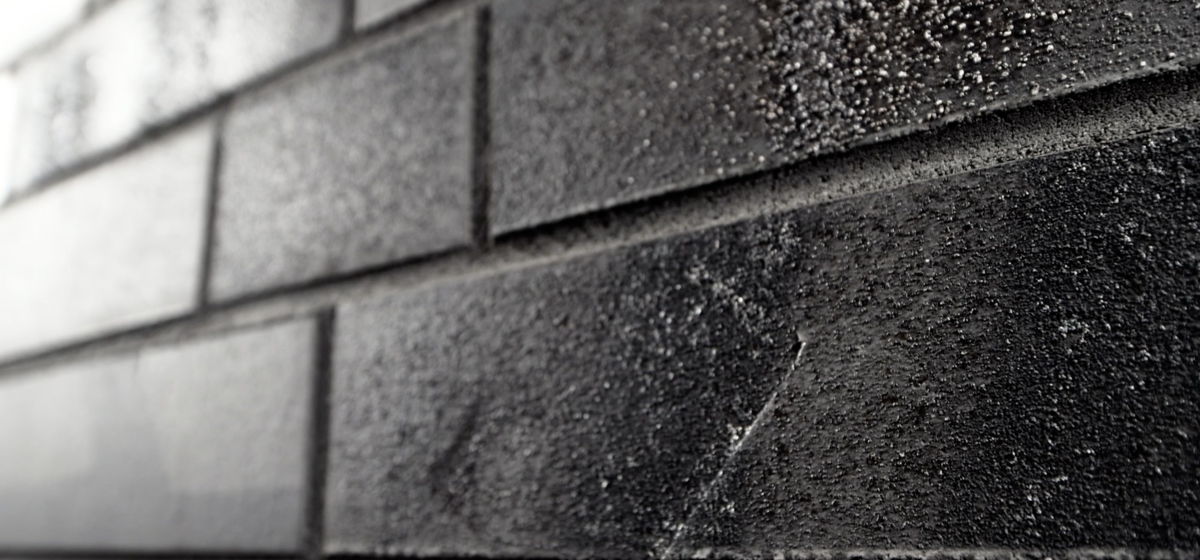
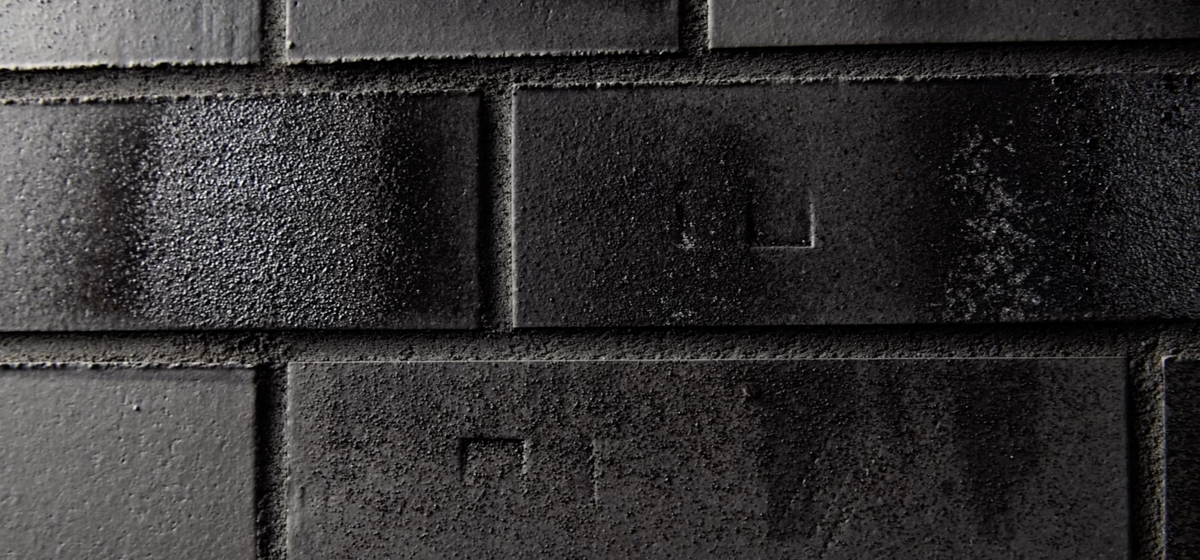
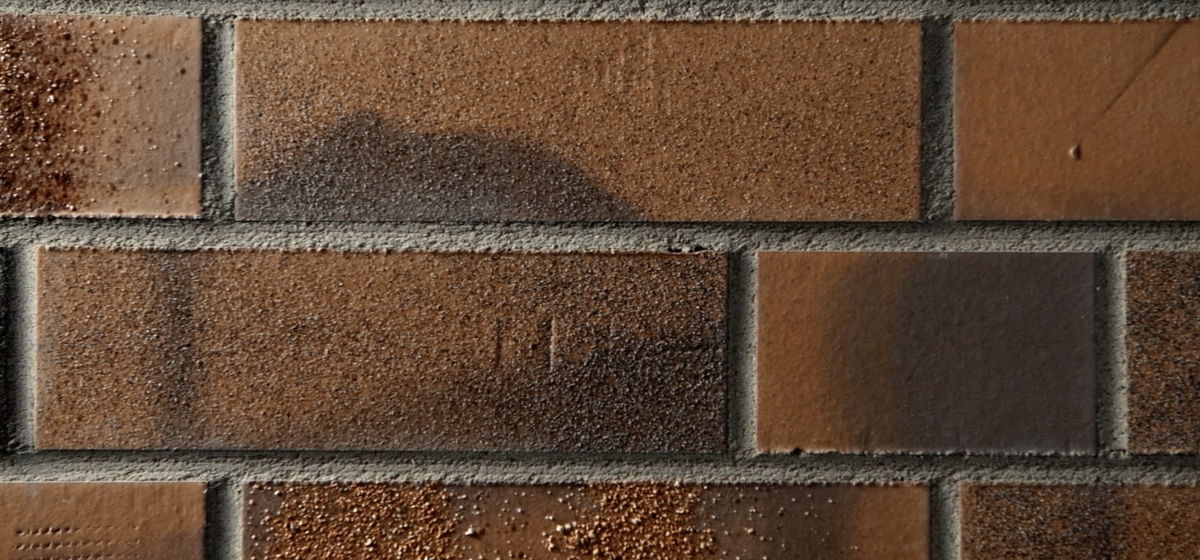
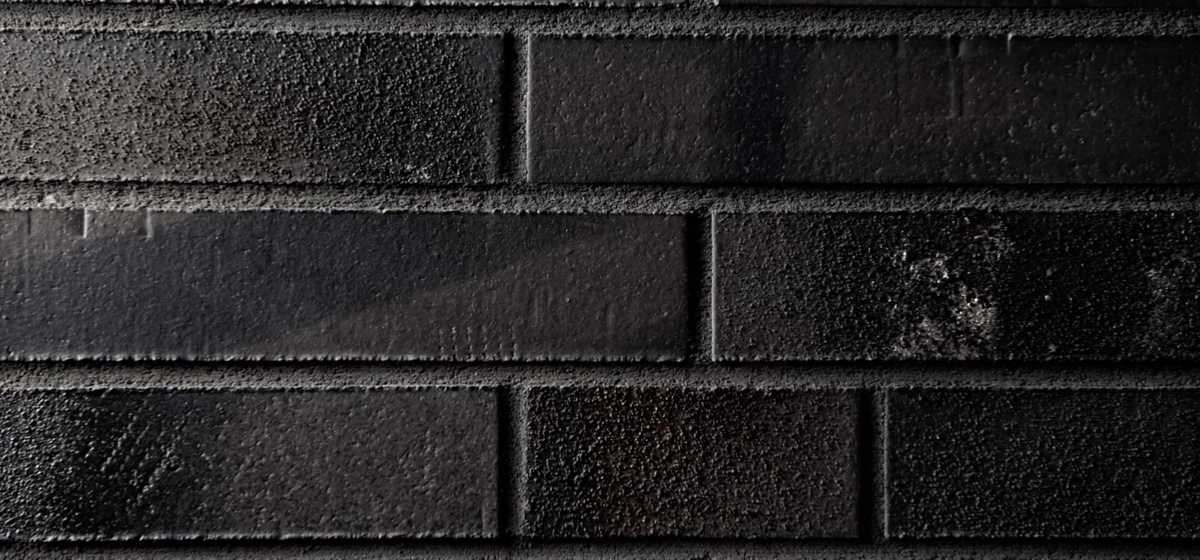
Intensive colouring, pronounced bulges and prints, set marks, burn outs and sooty smoke flags on the firing skin:
authentic and innovative, Brickwerk reinterprets the typical coal firing and ring furnace look of historic clinker bricks.
Intensive colouring, pronounced bulges and prints, set marks, burn outs and sooty smoke flags on the firing skin:
authentic and innovative, Brickwerk reinterprets the typical coal firing and ring furnace look of historic clinker bricks.
Intensive colouring, pronounced bulges and prints, set marks, burn outs and sooty smoke flags on the firing skin:
authentic and innovative, Brickwerk reinterprets the typical coal firing and ring furnace look of historic clinker bricks.
Intensive colouring, pronounced bulges and prints, set marks, burn outs and sooty smoke flags on the firing skin:
authentic and innovative, Brickwerk reinterprets the typical coal firing and ring furnace look of historic clinker bricks.
Brickwerk
LAYING HINTS
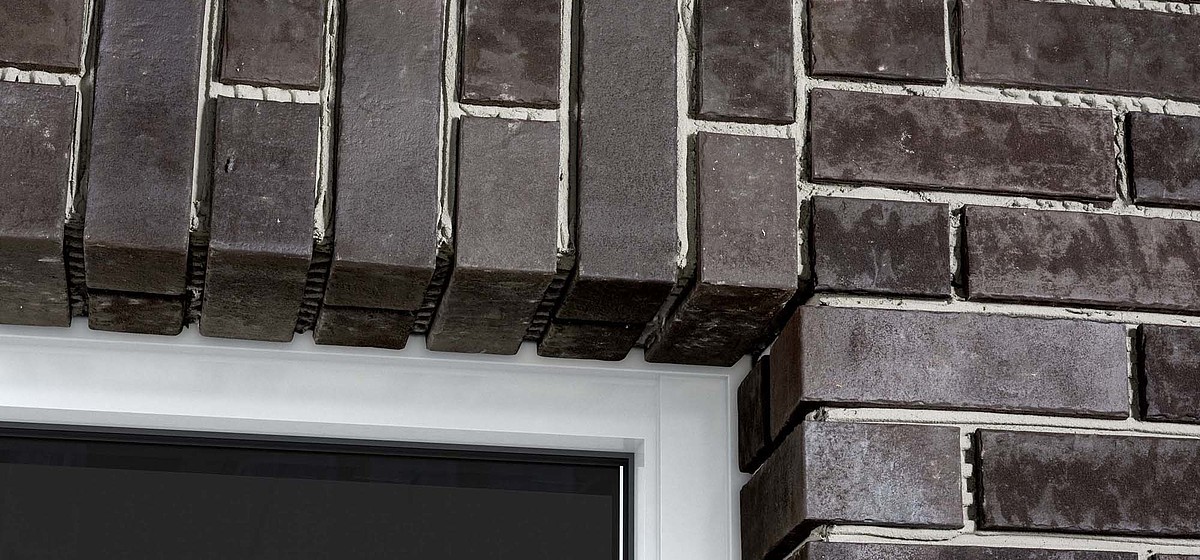
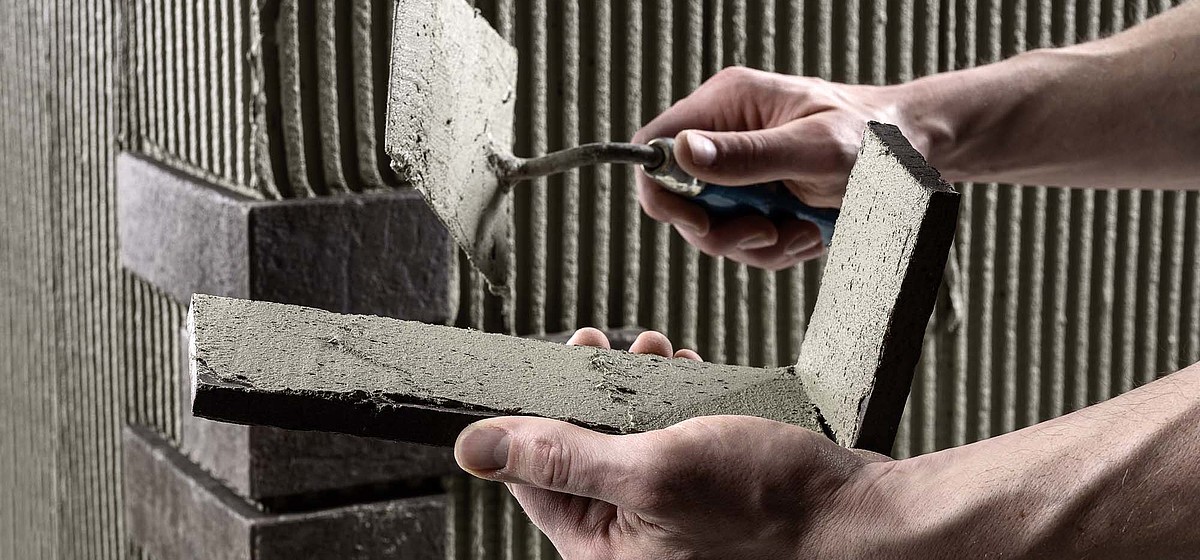
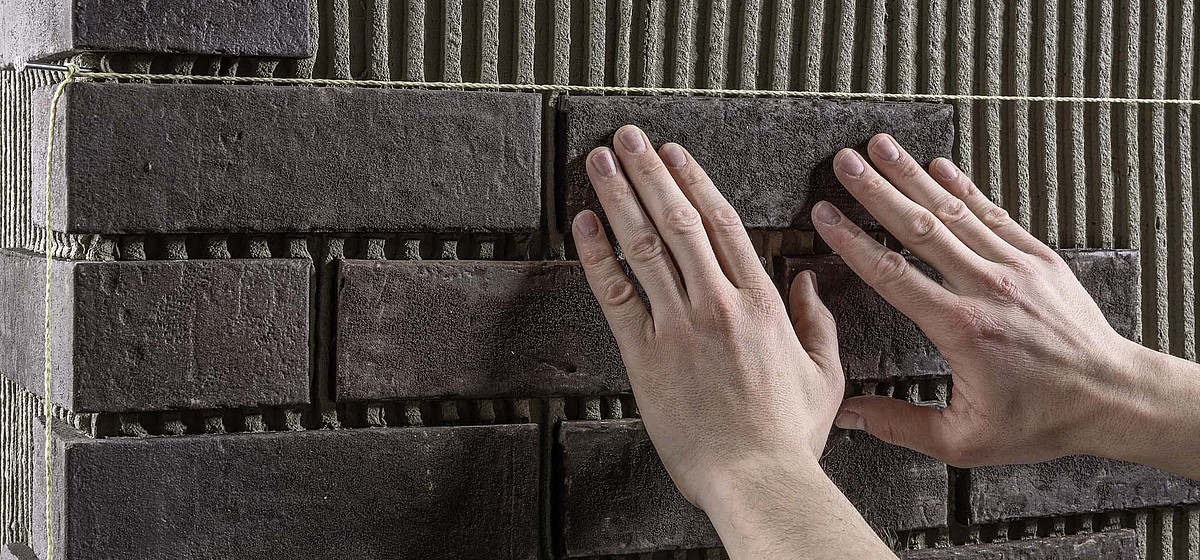
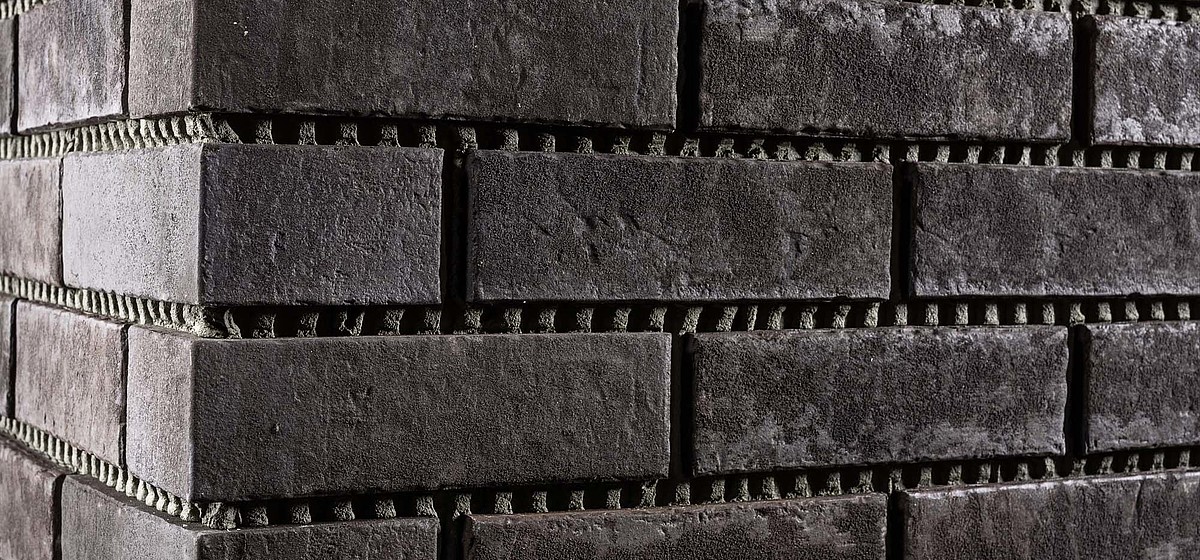
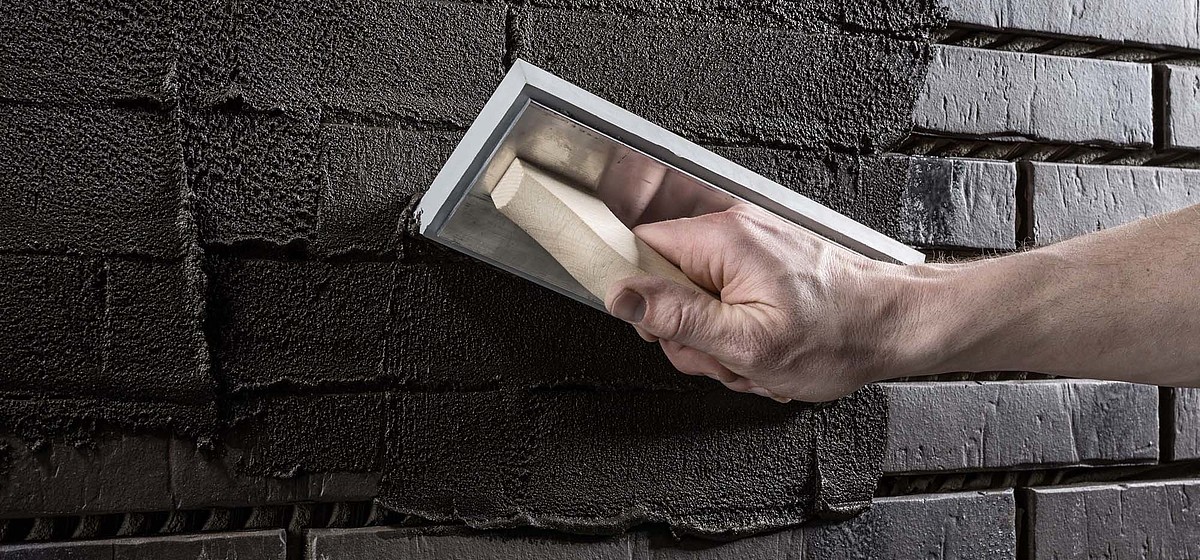
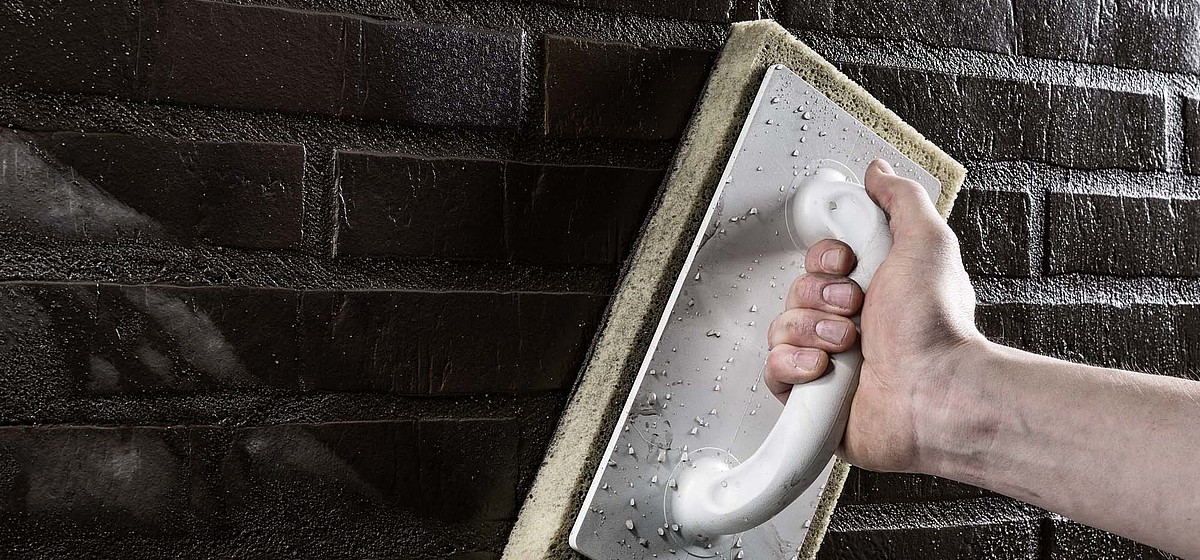
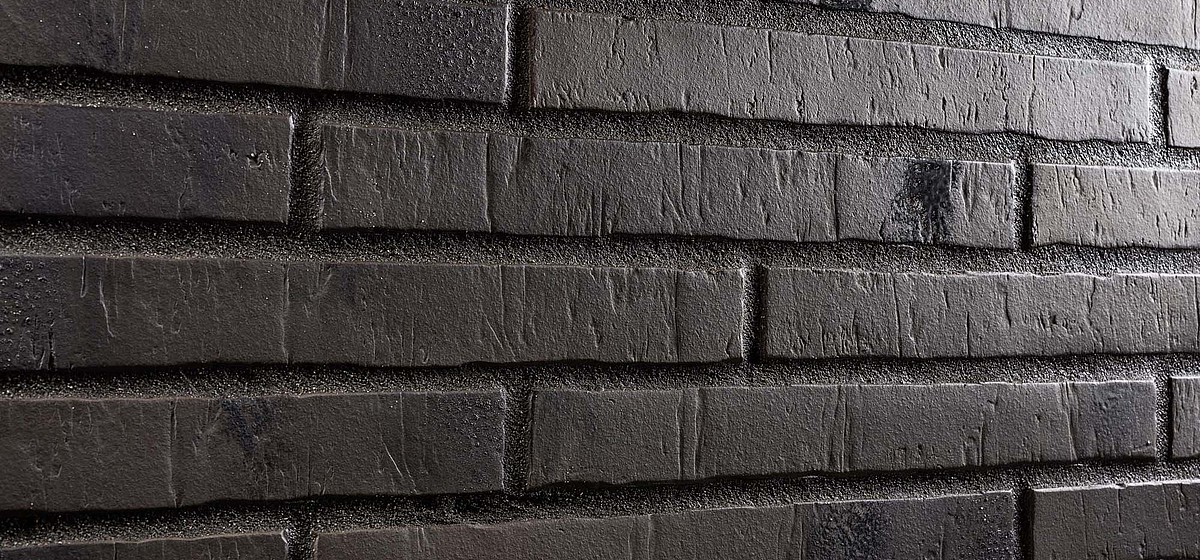
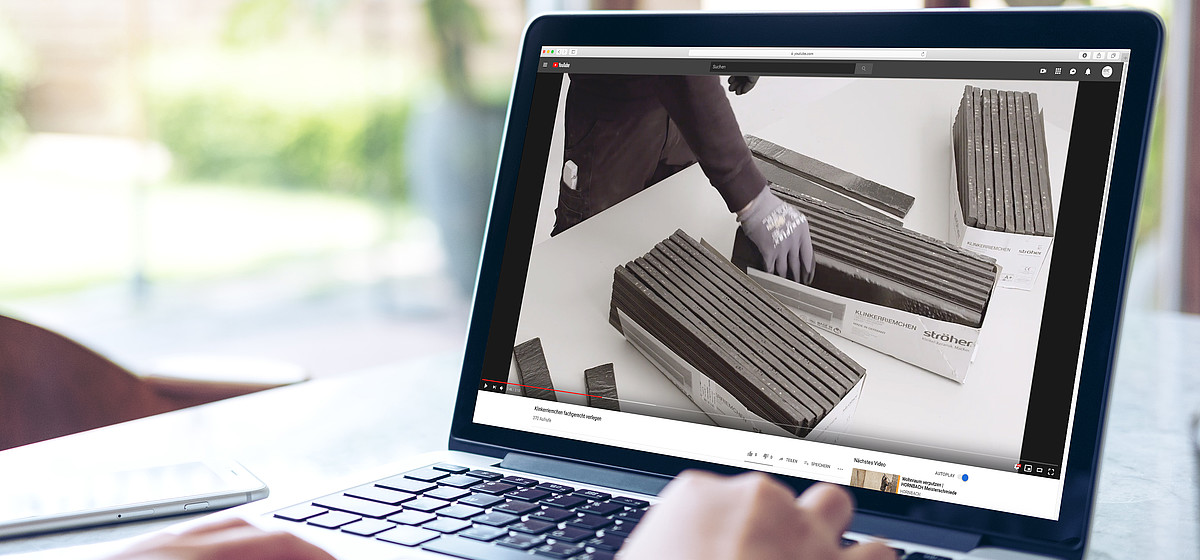
Window lintel perfectly replicated with angles.
The corner angles are worked using the floating-buttering method.
Use a string to plumb the clinker area. The clinker slips are pressed into the adhesive bed.
The finished surface. Grouting can be done after the appropriate drying time.
With the slurry method, the joints are filled diagonally with the grouting or plaster float. Walls should be worked from top to bottom.
The excess grout is washed off diagonally using a plaster float with a sponge or foam pad.
The finished joint pattern after slurry treatment.
product details
technical specifications, downloads
| Description | Clinker brick slips | corner | Läuferwinkel | Clinker brick slips | corner | Läuferwinkel | |
| Nominal size | DF | DF | DF | NF | NF | NF | |
| Production size (mm) | 240 x 52 x 12 | 240 x 115 x 52 x 12 | 240 x 115 x 52 x 12 | 240 x 71 x 12 | 240 x 115 x 71 x 12 | 240 x 115 x 71 x 12 | |
| pieces per bundle | 52 | 14 | 6 | 39 | 14 | 4 | |
| pieces per m2/rm incl. joint | 64,00 | 16,13 | 4,00 | 48,00 | 12,50 | 4,00 | |
| pieces per pallet | 4212 | 910 | 684 | 3159 | 910 | 456 | |
| m2/rm per bundle | 0,81 | 0,87 | 1,50 | 0,81 | 1,12 | 1,00 | |
| m2/rm per pallet | 65,81 | 56,42 | 171,00 | 65,81 | 72,80 | 114,00 | |
| bundles per pallet | 81 | 65 | 114 | 81 | 65 | 114 | |
| kg per pallet | 1314,00 | 420,00 | 614,00 | 1349,00 | 562,00 | 448,00 | |
| kg per piece | 0,31 | 0,46 | 0,90 | 0,43 | 0,62 | 1,07 | |
| kg per m2/rm | 19,97 | 7,45 | 3,59 | 20,50 | 7,73 | 4,28 | |
| kg per bundle | 16,22 | 6,47 | 5,39 | 16,65 | 8,65 | 4,28 |
| DIN EN 14411 | |
| COLOURS: | 4585 eisenschwarz, 4577 aschgrau, 4545 moorbraun, 4522 kupferrot, 4526 flammenrot, 4528 violettrot |
| FORMATS: | DF, NF |
| Water absorption (Average value) (EN ISO 10545-3) | ≤ 3 % |
| Scratch hardness of surface (Mohs scale) (minimum individual value) (EN 101) | 6-7 |
| Frost resistance (EN ISO 10545-12) | fulfilled |
| Chemical resistance – except to hydrofluoric acid and its compounds – of tiles (EN ISO 10545-13) | fulfilled |
| Thermal shock resistance (EN ISO 10545-9) | fulfilled |
| Coefficient of thermal expansion from room temperatur (20° C) to 100° C/CE (EN ISO 10545-8) | < 80x10-7K-1 |
| Maximum pore radius (required: rp > 0,2 μm) (DIN 66 133) | 0,59 μm |
| Pore volume (required: Vq > 20 mm3/g (DIN 66 133) | 32,1 mm3/g |













